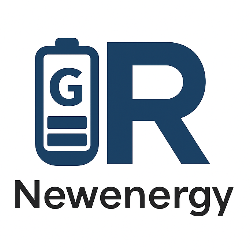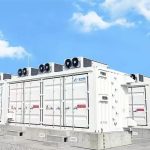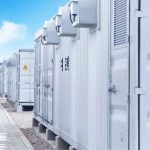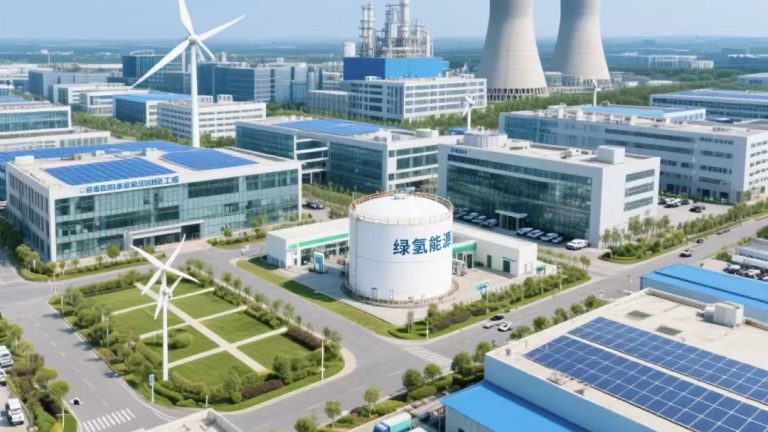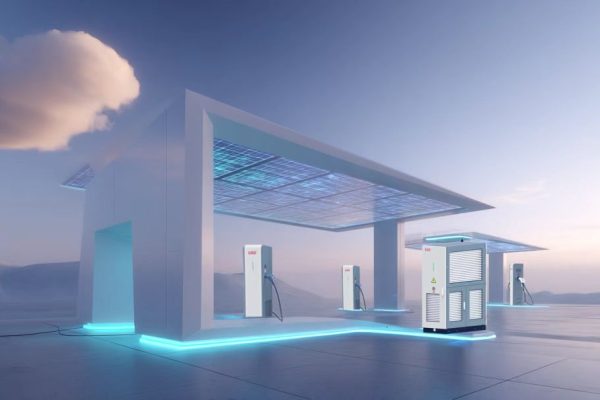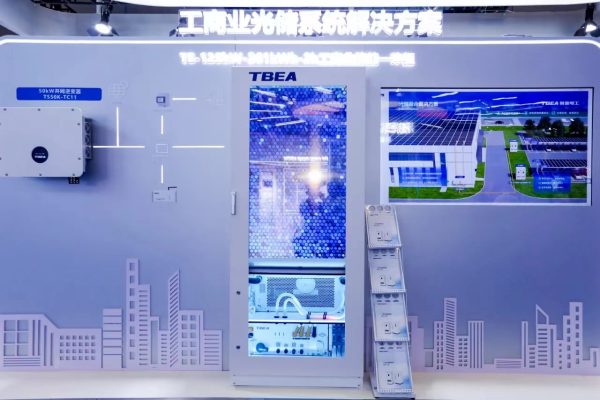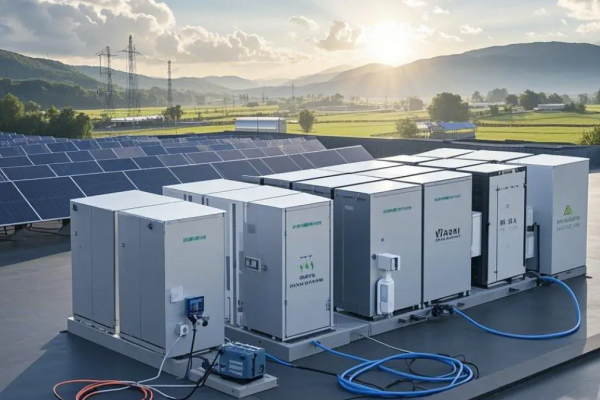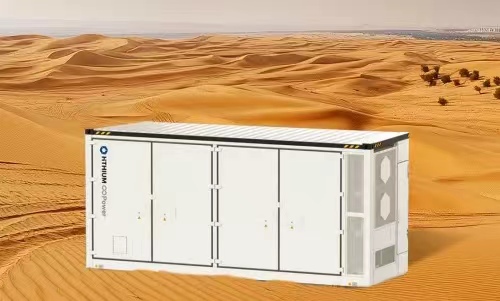How PV + Storage Professionals Can Build Authority and Trust
1. Why “First Contact” Matters
In PV + storage system integration, being the first point of contact with a customer can make or break your business. If you’re the person they call before they even write a project spec, you can guide decisions, recommend products, and secure the sale early.
The challenge? Most buyers today have multiple suppliers, online research options, and competing quotes. You must stand out as the go-to expert, not just another price in their inbox.
2. Understanding the Role of “First Point of Contact”
Being the first contact means:
- Shaping the project scope before competitors enter the picture.
- Educating the client on realistic budgets, timelines, and technical constraints.
- Influencing product selection toward solutions you can deliver reliably.
It’s not just about selling — it’s about positioning yourself as a trusted partner who can navigate the complexity of PV + storage integration.
3. The Business Value of Early Engagement
When you’re first in the door:
- You control the conversation and set expectations.
- You reduce price-only competition because the customer trusts your expertise.
- You increase upsell opportunities — EMS software, premium battery chemistry, remote monitoring.
- You build loyalty that can lead to repeat business and referrals.
4. Step 1 – Build an Expert Profile
To be the first point of contact, you must be visible and credible:
- Publish case studies — Show actual PV + storage projects you’ve delivered.
- Write technical guides — Explain sizing, compatibility, or compliance issues in simple terms.
- Share problem-solving stories — Clients remember real-life solutions more than datasheets.
- Speak at industry events — Even small webinars or local expos can build recognition.
5. Step 2 – Use Targeted Outreach
Don’t wait for customers to find you.
- LinkedIn networking with EPCs, contractors, and facility managers.
- Trade associations — Join renewable energy groups in your target markets.
- Content marketing — Blogs, short videos, and infographics that answer common PV + storage questions.
- Industry directories — Many buyers search there before Google.
6. Step 3 – Offer a Quick Needs Assessment
When someone reaches out, speed is crucial.
- Respond within 24 hours — being first in the inbox builds trust.
- Offer a free or low-cost feasibility check — estimated size, rough budget, possible product matches.
- Provide visuals — simple diagrams can make your proposal more memorable than a text-only quote.
7. Step 4 – Build Pre-Sales Tools
Being first is easier if you have ready-to-go resources:
- System design templates for common PV + ESS sizes.
- ROI calculators tailored to residential, C&I, or off-grid applications.
- Component compatibility charts — showing which inverters work with which batteries.
- Training videos for partners and agents.
These tools save you time and show professionalism from the first interaction.
8. Step 5 – Maintain Post-Contact Momentum
Once you’ve made first contact, don’t disappear.
- Follow up proactively — share additional insights or case studies.
- Answer questions quickly — even small clarifications keep trust high.
- Offer site visits or virtual tours — showing an existing installation can close deals faster.
9. Common Mistakes That Lose First Contact Advantage
- Delaying your first reply — even the best proposal loses impact if you’re slow.
- Overloading the client with jargon — keep technical talk digestible.
- Pushing product before understanding needs — focus on the application first.
- Ignoring smaller projects — today’s 10 kW system may lead to tomorrow’s 1 MW project.
10. Leveraging System Integration to Stay First in Line
If you’re seen as the integration problem-solver, you’ll naturally be the first call for:
- PV installers looking to add storage.
- Battery suppliers seeking inverter matches.
- Businesses wanting a turnkey cabinet solution.
Your goal is to connect the dots — batteries, inverters, EMS, compliance — so others don’t have to.
11. First Contact is Long-Term Strategy
Becoming the first point of contact in PV + storage integration isn’t about luck.
It’s about visible expertise, proactive outreach, fast responses, and long-term relationship building. If you consistently educate, solve problems, and deliver on promises, customers will think of you first — before they think of anyone else.
